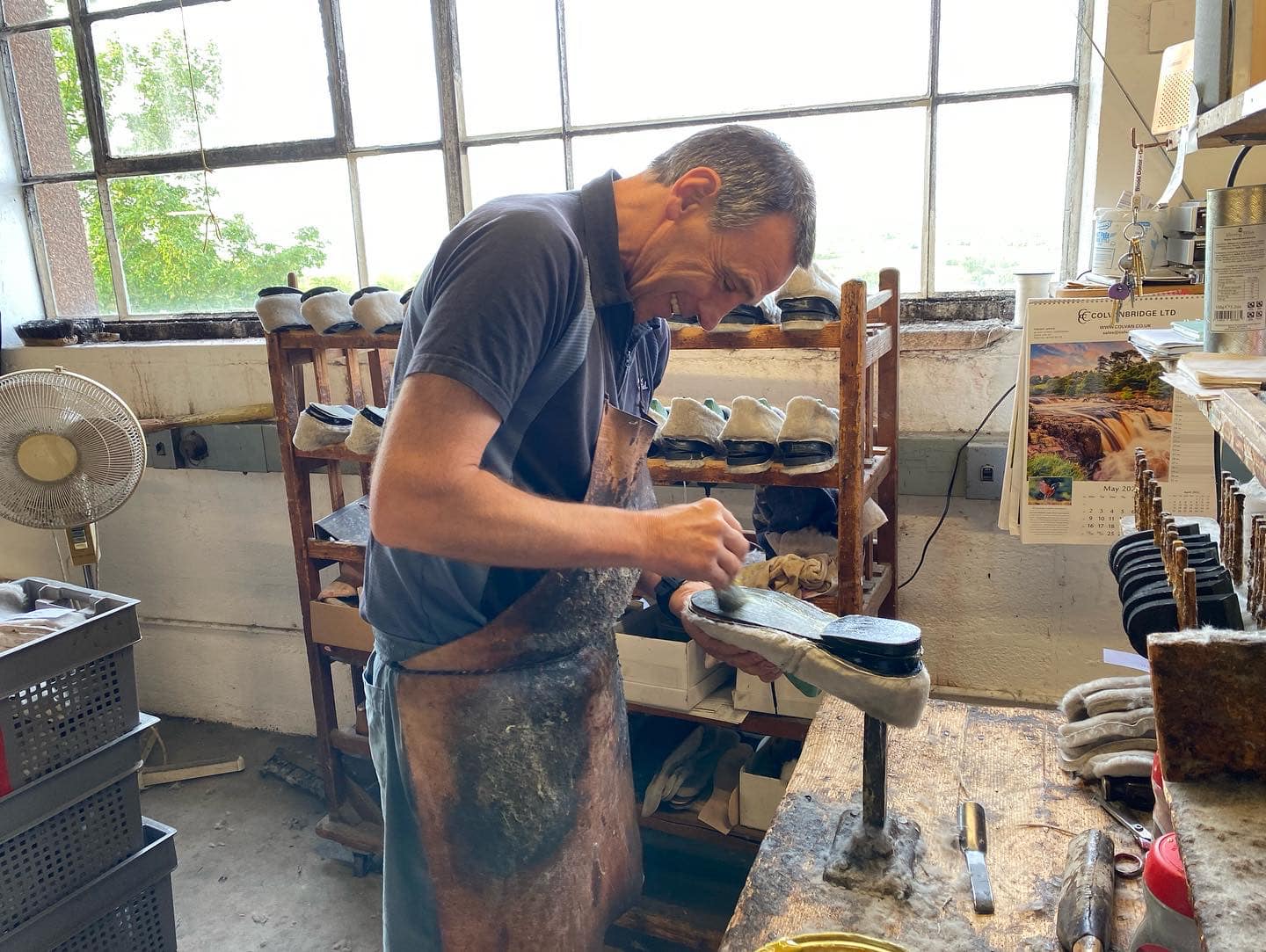From Fleece to Fabulous: A Guide to Sheepskin Manufacturing Process
Sheepskin, with its soft wool and supple leather backing, is a luxurious and versatile material used for everything from rugs and throws to slippers, boots, and coats, along with various leather accessories. But how does this natural wonder transform from a sheep's fleece to the cozy comfort we enjoy? The process of manufacturing sheepskin is very interesting because it transforms the rawhide into something that is not only functional or useful but also a beautiful product. Let's explore how sheepskin is manufactured.
Stage 1: Prepping the Pelt
The journey begins with the raw sheepskin, called a pelt. After the fleece is shorn, the pelt undergoes a series of treatments to remove any remaining flesh, dirt, and impurities.
- Soaking: The pelt is submerged in water to rehydrate the skin and restore its natural elasticity. This step is really important to keep the final product nice and smooth, but it can take a few hours.
- Fleshing: Using specialized tools, skilled workers remove any leftover flesh, muscle, and fatty tissue clinging to the skin's underside. This ensures a clean and even surface for the next stage of processing.

Stage 2: Cleaning and Preserving
Once the pelt is prepped, it's time for a thorough cleaning and preservation process.
- Scouring: The pelt is immersed in a special solution that removes dirt, grease, and any remaining blood. This delicate step requires careful control to ensure the wool fibers and the skin's natural oils, called lanolin, are preserved.
- Pickling: The pelt is then soaked in a pickling solution, typically containing salt and acid. The cleaning process of pickling helps prevent bacterial growth and prepares the skin for tanning, which enhances its durability.
Stage 3: Tanning and Dyeing (Optional)
Depending on the desired finish, the sheepskin may undergo tanning and dyeing processes.
- Tanning: Traditionally, vegetable or mineral tanning agents are used to convert the raw skin into a strong and supple leather. Vegetable tanning utilizes natural tannins from plants, while mineral tanning involves chromium salts. Each method results in slightly different characteristics in the final leather.
- Dyeing: For a touch of colour, sheepskin can be dyed in a variety of shades using specialized dyes. This process adds a decorative element, great looks, and a wider range of design possibilities.

Stage 4: Drying and Finishing
The sheepskin must be dried thoroughly after tanning or pickling (depending on the chosen method).
- Stretching and Drying: The pelt is stretched out on a frame or mesh to maintain its shape during drying. Depending on the manufacturer's preference, drying can take place in ovens or open air. Careful temperature control ensures the wool and leather dry evenly without damage.
- Finishing Touches: Once dry, the sheepskin may undergo additional finishing processes. This might involve shearing the wool to a uniform length, brushing it to enhance its luster, or trimming the edges for a neat appearance.
Stage 5: Quality Control and Grading
The final step involves a meticulous quality control process. The sheepskin is inspected for imperfections in the wool, leather, or dyeing. Based on quality and characteristics, it is graded and categorized for different markets or product uses.
Sustainable Practices in Sheepskin Manufacturing
The sheepskin manufacturing industry is increasingly focusing on sustainable practices and minimizing its negative impact on the environment. This includes using eco-friendly tanning agents, minimizing water usage, supporting animal welfare, and implementing responsible waste management processes. Additionally, sourcing sheepskins from farms that prioritize animal welfare is becoming a growing concern for ethical consumers.
From humble beginnings to luxurious comfort, sheepskin undergoes a remarkable transformation. By understanding the different stages of the manufacturing process, you can appreciate the craftsmanship and dedication that go into creating these beautiful soft slippers, boots, gloves and functional products, which ease our seasonal lifestyle.
Advertise on APSense
This advertising space is available.
Post Your Ad Here
Post Your Ad Here
Comments